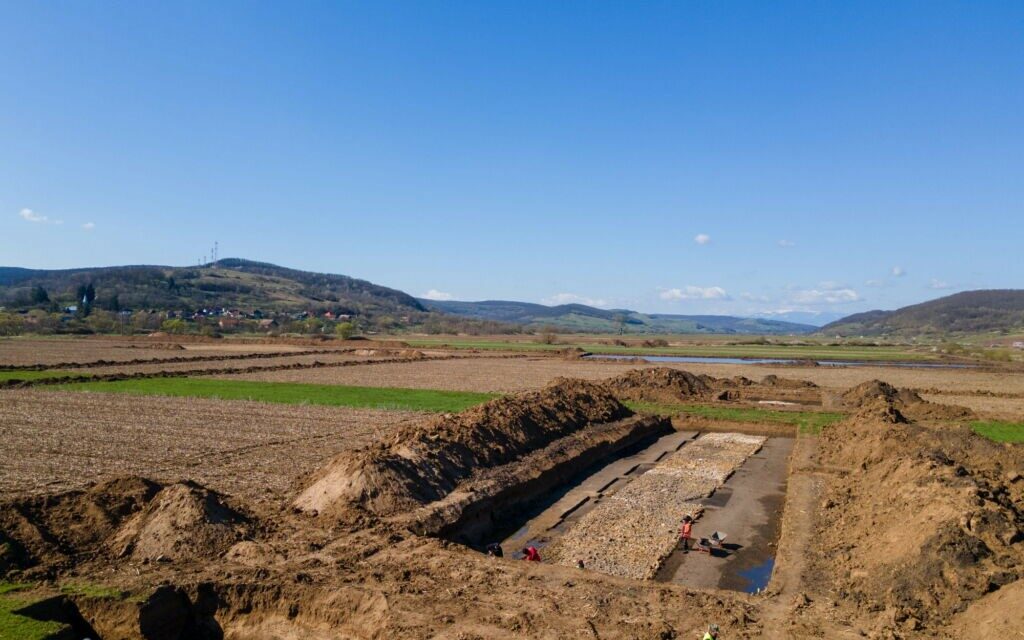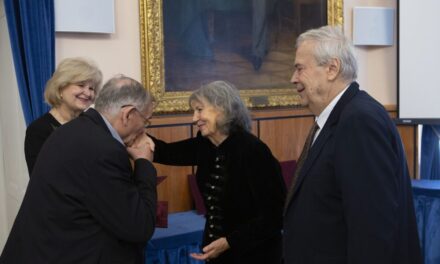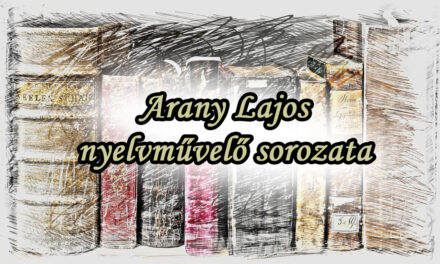The staff of the János Damjanich Museum in Szolnok found traces of a large Roman-era Sarmatian settlement in the border of Törökszentmiklós, the archaeologist leading the excavation told MTI on Monday.
According to Péter Kovács, the archaeological excavation of the new route of the future M4 motorway at Bartapuszta, on the border of Törökszentmiklós, is the largest excavation in Jász-Nagykun-Szolnok County since 2014. An area of about 72,000 square meters will be excavated after the machines remove the top layer of humus, he noted.
He added: they found a village and a settlement of Sarmatians who lived in the Roman era, in some parts of which they may have practiced pottery or some kind of fire-related activity, because they found a large number of ash pits and ovens.
In just the past two weeks, they have found many finds, for example Sarmatian tools from the 2nd and 3rd centuries AD, bone remains, a large hand-formed container, and a dog skeleton, he listed. In addition, Roman coins and fragments of imported ceramic vessels from the province of Pannonia were also found during the excavation. In addition, several metal objects were found, which the Sarmatians used as buckles to fasten their clothes, Péter Kovács informed.
Based on the surveys so far, there were also three cemeteries in the excavation area, they will be excavated in the coming weeks, he said. The heat makes the work difficult, so the graves are sprinkled with water before they are opened. The works are expected to end next year, and soon they will be working with more helpers, Péter Kovács said.
Source: MTI
Photo: MTI/Gábor Kiss













